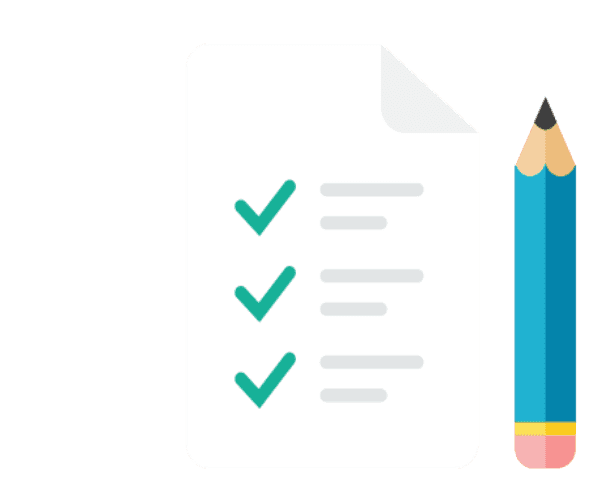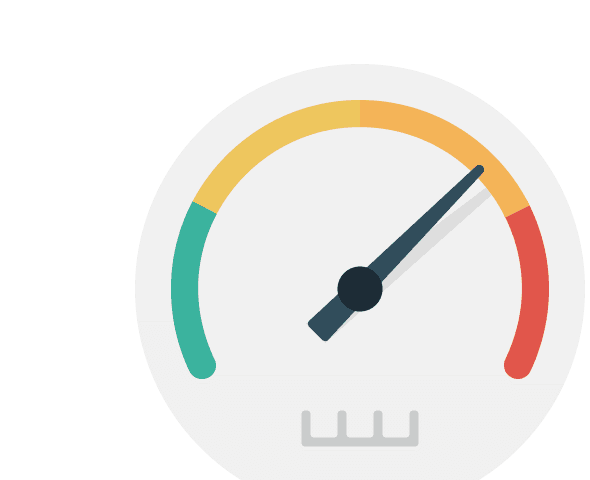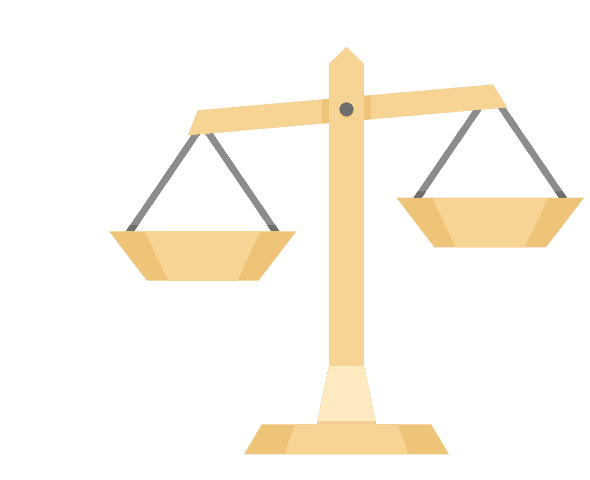The process of getting a mortgage can feel overwhelming simply because many people aren’t familiar with all of the moving parts involved. Oftentimes, the majority of people go straight to their family’s bank without considering key factors like mortgage features, privileges and penalties — all of which affect your mortgage payment and what your financial future will look like.
Here are the factors that make up your mortgage payment and the role they play in determining how much you’re required to pay and how quickly you can pay it off in full.
Principal and Interest
When it comes to your mortgage payment, there are two main components involved: principal and interest. Together, your principal and interest equal the amount of money you’re obligated to pay each month to pay off the amount you borrowed to buy your home. Your mortgage principal is the amount that you initially borrowed from your lender and are required to pay back. As you make your monthly mortgage payments, your principal amount is reduced. On the other hand, mortgage interest is a monthly percentage that lenders add to the cost of your payments as a fee for borrowing the money. Initially, your lender will apply a larger portion of your payment towards the interest, with the remainder going towards the principal. Over time, your lender will then apply an increased portion of your principal until your mortgage is paid off in full.
Payment Frequency
When getting a mortgage, you’ll need to decide how often you want to make your payments – known as payment frequency. Your payment frequency determines how fast you’ll pay down your mortgage and truly depends on your unique financial situation. Essentially, if you choose to increase your payment frequency, you’ll reduce the principal faster and pay less interest. This is something that’s determined when your mortgage is first arranged; however, you may be able to change it later on in your mortgage term.
Some of the most common payment frequency options include:
- Monthly: 12 payments per year, made once a month.
- Semi-Monthly: 24 payments per year by dividing your monthly mortgage payment into two monthly payments.
- Accelerated Bi-Weekly: 26 payments per year, made every two weeks. It’s common for people to select this option based on the convenience of having their mortgage payments coincide with employer pay periods.
- Accelerated Weekly – 52 payments per year, made once a week.
Pro tip: When you accelerate your payment frequency, you end up making approximately one extra payment a year. This could end up saving you thousands in interest over the life of the mortgage. If becoming mortgage free sooner is a financially attainable goal of yours, then choosing a more frequent payment schedule may be the right choice for you.
Prepayment Options
Depending on the type of mortgage you have, you may also be given the option to put more money towards your mortgage in addition to your monthly payments. This is known as a prepayment privilege and depends on whether you have an open or closed mortgage. An open mortgage gives you the flexibility to make extra payments, a lump sum payment or even pay off your mortgage completely before the end of the term – with little to no penalty. However, it’s important to know that the interest rate on an open mortgage is generally higher than on a closed mortgage.
With a closed mortgage, you may be able to make additional payments but the amount you’re allowed to pay varies between lenders and could be very limited. If your lender doesn’t offer you the flexibility to prepay, you could be subject to large prepayment penalties that could potentially amount to thousands of dollars. For this reason, it’s important to weigh out the two options and really get clear on your future financial goals.
Amortization Period
An amortization period refers to the length of time it takes to pay off your mortgage. In Canada, amortization periods typically range between 15 to 30 years, however, most people opt for either 25 or 30 years. If your down payment is less than 20% of the purchase price of your home, the amortization maximum is 25 years. Oftentimes, many people choose a longer amortization as it represents lower monthly payments, but because it also takes a longer period of time to pay off your mortgage, they end up paying more interest. If you choose a shorter amortization period, your monthly mortgage payments will be slightly higher, however, the interest you pay over time will be much lower. In this case, you’ll end up saving a lot more money in the long-run and own your home more quickly.
At the end of day, it’s important for home buyers to really understand all of the factors involved with their mortgage so that they can make a decision that’s right for them. At Homewise, our goal is to guide buyers through the process of considering things like payment frequency, amortization and prepayment privileges so that they know exactly what’s involved in getting a mortgage. Working with over 30 banks and lenders, our team is able to shop around to find you the best mortgage based on your specific needs and financial circumstances. All you have to do is apply online with us in just five minutes and one of our dedicated Mortgage Advisors will get in touch.
Check out our Mortgage Calculator to help you determine what your monthly mortgage payments will be and compare features, such as frequency and amortization length to see what you can afford and how much you can save.








